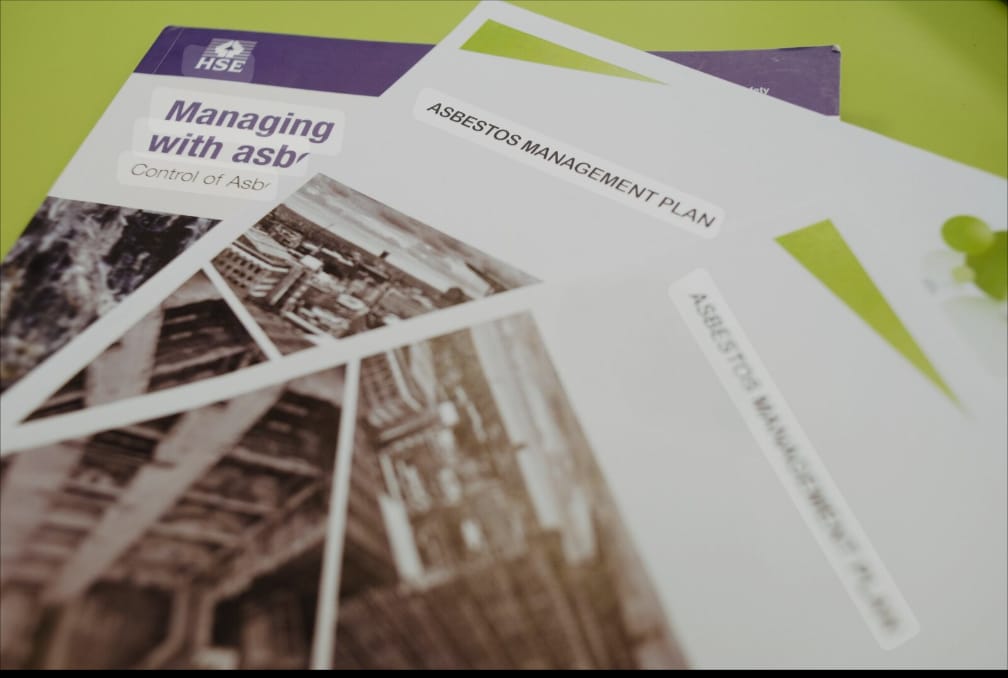
CDM Compliance in Construction Project Management: Why It Matters
CDM compliance refers to adherence to the Construction (Design and Management) Regulations, which are a critical part of health and safety law in the UK. These regulations, introduced in 1994 and updated in 2015, aim to improve health, safety, and welfare throughout all phases of a construction project — from concept and design through to demolition.
Understanding the importance of CDM compliance is essential for all stakeholders in a construction project, including clients, designers, principal contractors, and workers. Here’s why it matters:
Enhances Health and Safety
The primary goal of CDM regulations is to reduce the risk of harm to those working on or affected by construction projects. By mandating proper planning, risk assessments, and safety procedures, CDM compliance helps prevent accidents, injuries, and fatalities — particularly in high-risk construction environments.
Legal Requirement
CDM regulations are not optional. Failure to comply can result in legal penalties, including fines, project shutdowns, or even prosecution for gross negligence in the event of serious incidents. Ensuring compliance demonstrates a commitment to legal and ethical responsibilities.
Promotes Early Risk Management
One of the core principles of CDM is the integration of safety into the design and planning stages of a project. This proactive approach reduces the likelihood of costly design changes later on and mitigates safety hazards before they can impact workers on site.
Clarifies Roles and Responsibilities
CDM regulations clearly define duties for key parties involved in a construction project. For example, clients must ensure sufficient time and resources are allocated; designers must eliminate foreseeable risks in their designs; and principal contractors must coordinate health and safety throughout the construction phase. This clarity helps prevent misunderstandings and ensures everyone is accountable.
Improves Project Efficiency
By enforcing structured communication, documentation, and collaboration, CDM compliance supports smoother project execution. With clearly outlined procedures and expectations, teams are more coordinated and better prepared to handle challenges, reducing delays and costly rework.
Enhances Reputation and Stakeholder Confidence
Companies that consistently meet CDM obligations are viewed as professional, responsible, and trustworthy. This not only reduces the risk of reputational damage due to safety incidents but also strengthens relationships with clients, regulatory bodies, and the wider community.
Aligns with Broader Corporate and Social Responsibility Goals
Construction firms are increasingly being judged on their sustainability and social responsibility. Adhering to CDM regulations aligns with best practices in corporate governance, reinforcing a commitment to employee welfare and ethical business operations.
Conclusion
In summary, CDM compliance is a cornerstone of effective construction project management. It is not merely a box-ticking exercise but a vital framework for ensuring safety, legal adherence, and overall project success. By embedding CDM principles into every stage of a construction project, stakeholders can create safer workplaces, deliver better outcomes, and build a more responsible and sustainable construction industry.




